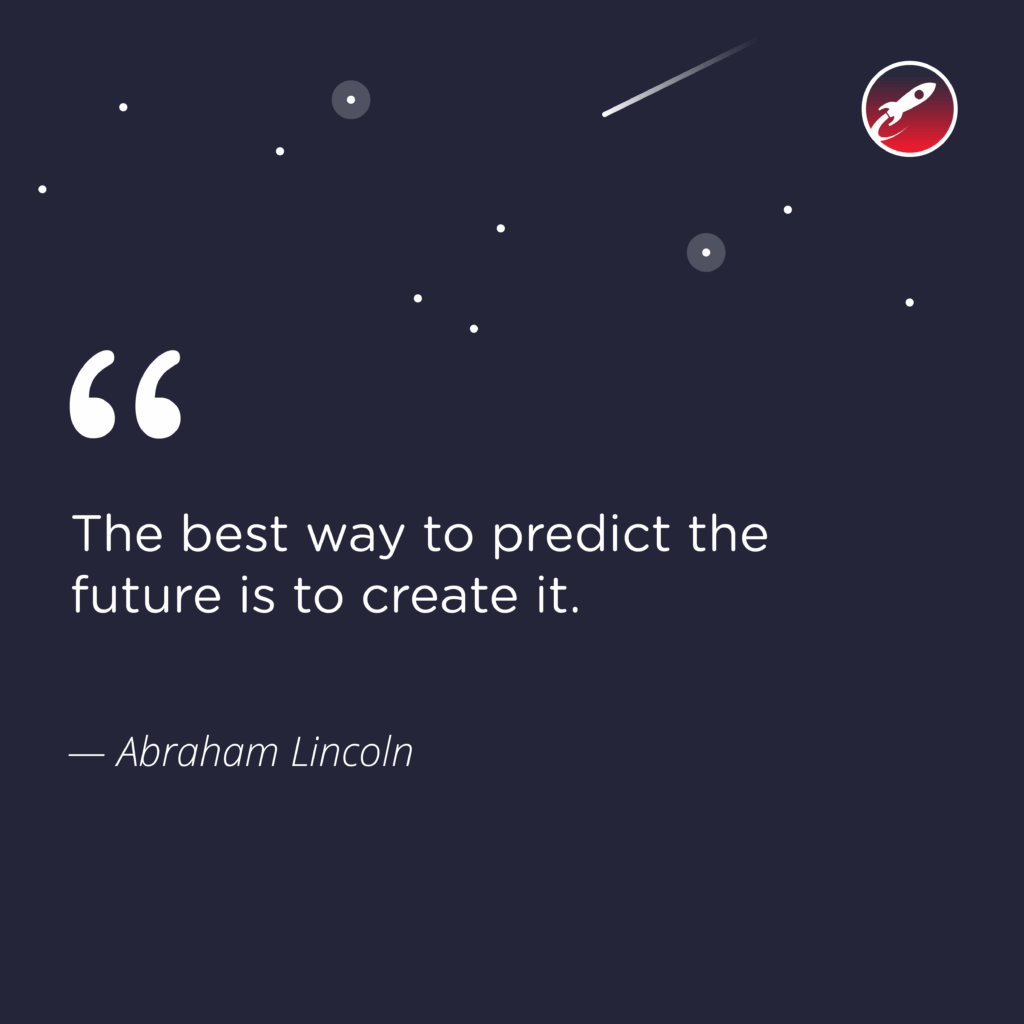Welcome to “Rapid Reactions,” where I offer quick-hit brand critiques of new logo drops. These aren’t deep dives—just first impressions from a design-obsessed creative director with too many opinions and not enough time. Let’s go.
Let’s start here: I actually like the name. Utah Mammoth works. It’s distinctive, it’s aggressive, it’s fun. You can build a kids’ mascot around it, market the hell out of it, and crucially—it’s not another bird, cat, or some vaguely pluralized abstract noun (looking at you, Wild).
Now, the logo.
The primary mark, according to the team’s announcement, is meant to capture the Mammoth in mid-charge, tusks raised, crowned by the Wasatch Mountains. You’ve got snow-capped peaks, a sneaky outline of the state of Utah, and a curved tusk that forms a stylized “U.” Great. The ingredients are all there.
But the result? It’s fine. Competent. Predictable. There’s cleverness in the way the mountains blend into the creature’s head—and design nerds will no doubt nod at the hidden Utah silhouette—but this isn’t a jaw-dropper. It’s more “committee compromise” than “instant classic.” Not bad, just… safe.
Where it gets more interesting is in the secondary marks.

The tusked “U” logo—now that is working. It’s bold. It’s clean. It does what a great sports logo should do: function at scale, stand out on a jersey, and give fans something simple to rally behind. Think Seattle Kraken’s “S” or the Devils’ NJ monogram with devilish flair. The Mammoth’s lettermark holds its own in that company, and frankly, I think it outshines the main logo.
Speaking of jerseys—let’s talk about the uniforms, and my two main issues.

First: the white road jersey has this uninspired UTAH block typeface, stepped and angled down the chest, clearly carried forward from their nameless inaugural season in Salt Lake City. Why? You’ve got a perfectly good primary logo and a great secondary mark. Use them. Slapping uninspired typography on the front screams we ran out of time, or worse, we didn’t trust the identity system we just built.
Second: the color scheme. And this one hurts.
The official palette leads with “Rock Black” (sigh) and is paired with “Mountain Blue.” And here comes the rant: Stop. Using. So. Much. Black. Not everything needs to be brooding, grimdark, or “tough.” Paul Lukas coined the perfect phrase for this trend: “BFBS”—black for black’s sake. It’s everywhere, and it’s rarely warranted.
Black is terrible on TV. It kills contrast, flattens highlights, and doesn’t pop in highlight reels or from the upper deck. You know what does? Purple.
Yes, purple.
There’s zero NHL teams currently leaning into it. And Utah—bless you—already has the cultural legacy baked in. The Utah Jazz of the ‘90s rocked that majestic purple-and-mountain look all the way to the NBA Finals. This identity could’ve nodded to that history while forging something new. Instead, we get another faceless black-and-blue team.
I’ll even mock up the logo in a purple + mountain blue scheme to show you what could’ve been. And maybe throw in a Karl Malone/John Stockton photo just to twist the knife. Voila:


So in conclusion? It’s… fine.
The branding system gets the job done. There are smart elements. The lettermark is strong. The name is solid. But the overuse of black, the underwhelming front-of-jersey choices, and the blatant miss on purple—especially with those mountain shapes echoing the Jazz’s legacy look—drags this one down. It’s a solid B… maybe even B+ if I’m grading on a curve.
But that missed opportunity with the colours? Borderline malpractice.
Final grade: B– (but emotionally I want to say C+).
Orbit Studios builds brand identities with meaning—and no, we won’t recommend black just because “it looks cool.” Want something bold, timeless, and actually different? Let’s talk.





